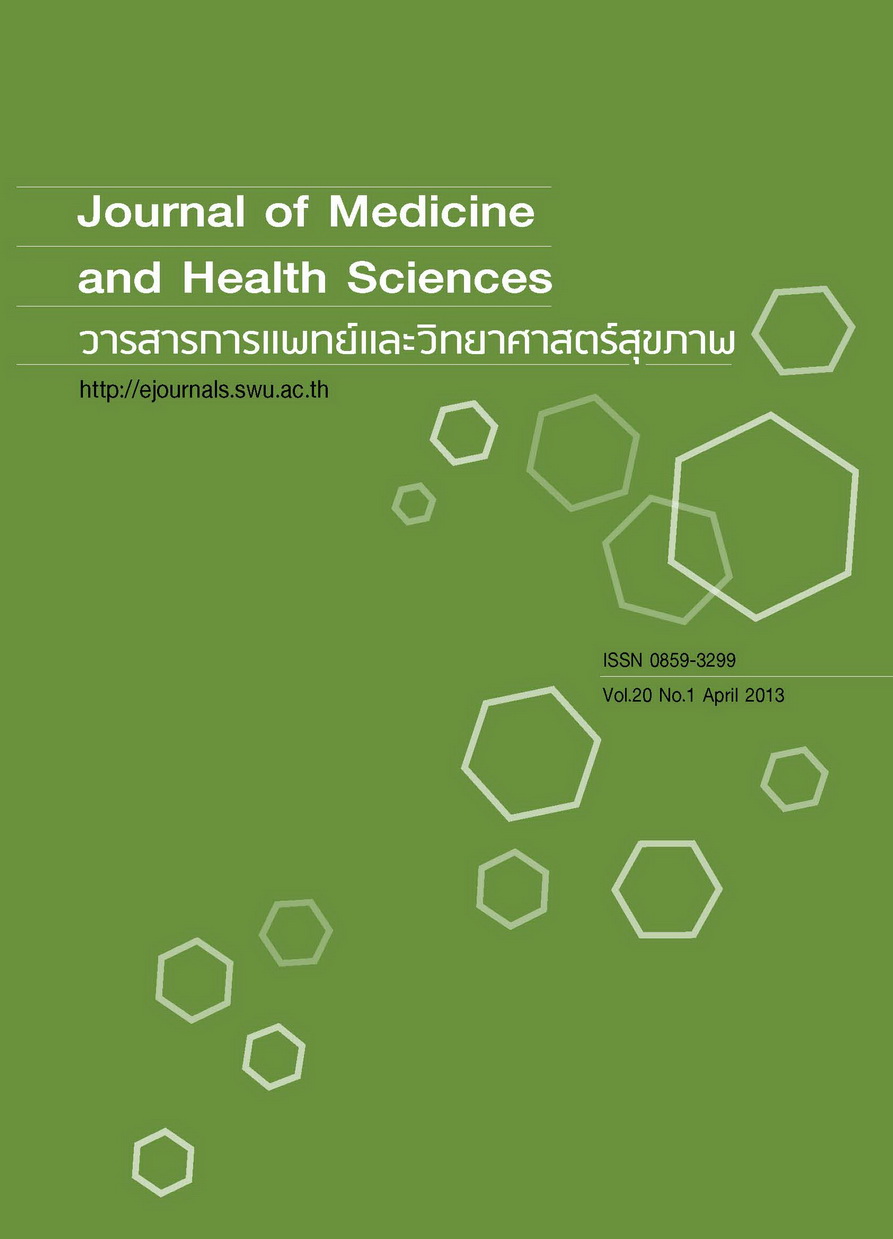Evaluation of attention using electroencephalography and application in children with attention deficit hyperactivity disorder
Keywords:
Attention deficit hyperactivity disorder, P3 wave, N2 waveAbstract
Attention is a cognitive process that endows humans with the ability to concentrate on interesting stimuli for a long period of time, and is considered as a basic component of intelligence. Currently, electroencephalography (EEG) is one of the techniques used for the evaluation of brain functions. The analysis of brain waves in the quantitative view, called quantitative EEG (qEEG), reveals the alteration in alpha and gamma waves during the period of attentiveness. The event related potentials (ERP) using odd-ball paradigm also demonstrate change of ERP waveforms, particularly the P3 or P300 wave, which is an ERP waveform involved in cognitive processing. Children with attention deficit hyperactivity disorder (ADHD) show alteration of the ERP waveform, especially a reduction in the amplitude of the P3 wave. The ERP recording using Go-NoGo paradigm reveals the impairment of inhibitory control in ADHD children, which is evident from the change in N2 or N200 wave during the NoGo condition. In individuals who practice meditation, there is also an alteration of the ERP waveforms. These research evidences suggest that the different levels of attention in patients with attention impairment as well as meditators are able to be shown via the pattern of brain wave changes.Downloads
Published
2013-10-05
Issue
Section
Review Article


